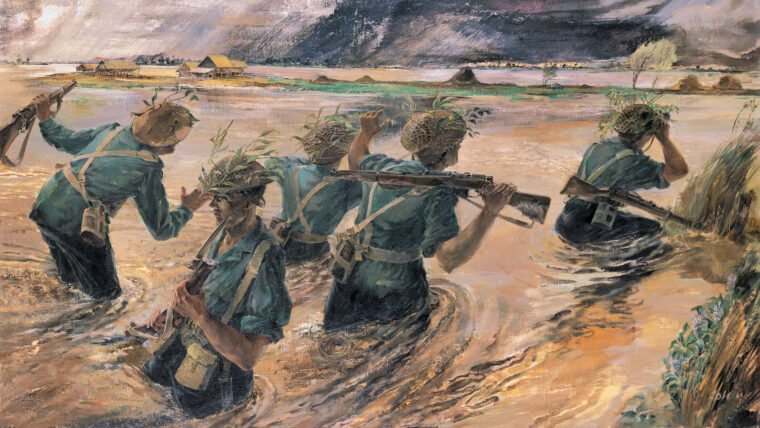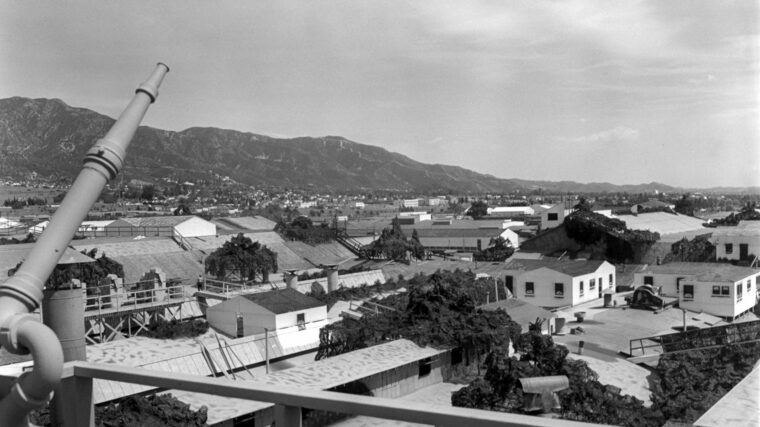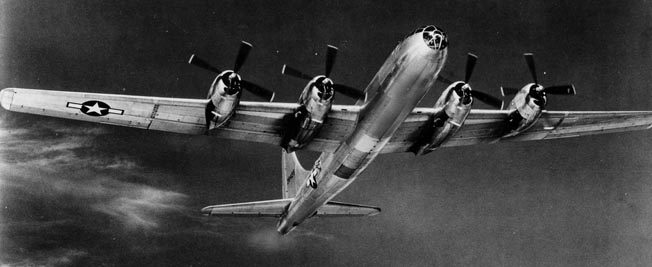
Japanese
Shootout in Kula Gulf
By John DamagalskiThe island of Guadalcanal loomed in the distance as the warships of Task Force 36.1 approached the waters of Iron Bottom Sound on July 5, 1943. Read more

Japanese
The island of Guadalcanal loomed in the distance as the warships of Task Force 36.1 approached the waters of Iron Bottom Sound on July 5, 1943. Read more

Japanese
“All I knew about Biak was that it was an island a degree south of the equator, one of the Schouten group lying north of Geelvink Bay toward the western end of New Guinea.” Read more

Japanese
Special Sea Attack Force (SSAF) was an ordinary-sounding name for the pitifully tiny remnant of what was once the mighty Imperial Japanese Navy (IJN). Read more

Japanese
In April 1942, a group of young Marines, having recently graduated from Officers Candidate School, arrived at New River, North Carolina, a sprawling tent city that stretched over a vast area and would eventually become known as Camp Lejeune. Read more

Japanese
World War II affected nearly every area of the world. It was the deadliest conflict in all of human history. Read more

Japanese
By the beginning of February 1945, the British 14th Army was on the banks of the Irrawaddy River and poised to strike into central Burma. Read more

Japanese
The first days of January 1943 found American forces winning the prolonged struggle for control of Guadalcanal in the South Pacific. Read more

Japanese
“The lieutenant said for everyone to lay your arms down,” a fellow paratrooper told Pfc. Bob Nobles, who had been fighting for six grueling days in the hedgerows following his unit’s jump into Normandy. Read more

Japanese
The name Leonard Jay Thom may not mean anything to a great many people today, and that is unfortunate. Read more

Japanese
While the surprise Japanese attacks against U.S. military bases in the Hawaiian Islands on December 7, 1941, are certainly the best-known aspect of the opening of hostilities between the two aLess well known today were the Japanese attacks on Clark Field and Iba Field on the opening day of hostilities in the Philippines. Read more

Japanese
BACKSTORY: The Reverend E. Gage Hotaling, the son of a Baptist minister, was born in Wellsville, New York, on January 21, 1916. Read more

Japanese
Lieutenant William A. “Bill” Klenk, piloting a Curtiss SB2C-3 Helldiver, bristled at the “clawing, miserable weather,” with inverted pyramids of cloud hanging from a low ceiling and gray murk everywhere. Read more

Japanese
There are few places on earth that have as many World War II museums, memorials, and monuments located in such a small area as the island of Oahu. Read more

Japanese
April 18, 1942, will forever live in American military glory as the date of the Jimmy Doolittle Raid on Tokyo––a gutsy, never-before-attempted combat mission to fly North American B-25 Mitchell bombers off the deck of an aircraft carrier and attack an enemy capital. Read more

Japanese
When the four members of the Japanese surrender delegation climbed aboard the deck of PT-375 on September 8, 1945, the boat’s skipper, Lieutenant Henry “Hank” Blake, directed the men to an open area on the forward deck where the Japanese could be closely watched for any signs of treachery. Read more

Japanese
In the summer of 1944, with American forces battling their way ever closer to the Japanese home islands, the need for ammunition in the Pacific was hitting its peak. Read more

Japanese
When I was a young boy in Seattle, my father told me about a fake town that had been built on top of Boeing’s Plant 2 during the war. Read more

Japanese
On August 7, 1942, Petty Officer 1st Class Saburo Sakai was piloting his Mitsubishi A6M2 “Zero” fighter in the skies over Sealark Channel in the Solomon Islands. Read more

Japanese
Major Sam P. Bakshas woke up that morning with the secrets in his head. He was one of the men flying B-29 Superfortress bombers from three Pacific islands—Guam, Saipan, and Tinian. Read more

Japanese
During early World War II operations in the Pacific, Geoff Fisken would become one of the most outstanding pilots of the RNZAF—the Royal New Zealand Air Force. Read more